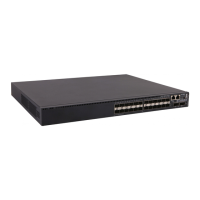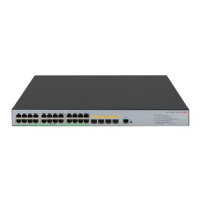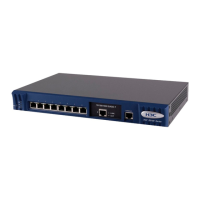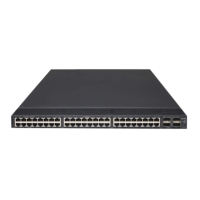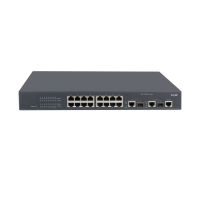5
on the other member ports. In this way, the two systems reach an agreement on which ports are
placed in Selected state.
LACP functions
LACP offers basic LACP functions and extended LACP functions, as described in Table 2.
Table 2 Basic and extended LACP functions
Category Description
Basic LACP functions
Implemented through the basic LACPDU fields, including the LACP system
priority, system MAC address, port priority, port number, and operational key.
Extended LACP
functions
Implemented by extending the LACPDU with new TLV fields. Extended LACP can
implement LACP MAD for the IRF feature.
The device can participate in LACP MAD as either an IRF member device or an
intermediate device.
For more information about IRF and the LACP MAD mechanism, see Virtual
Technologies Configuration Guide.
LACP operating modes
LACP can operate in active or passive mode.
When LACP is operating in passive mode on a local member port and its peer port, both ports cannot
send LACPDUs. When LACP is operating in active mode on either end of a link, both ports can send
LACPDUs.
LACP priorities
LACP priorities include LACP system priority and port priority, as described in Table 3. The smaller
the priority value, the higher the priority.
Table 3 LACP priorities
Type Description
LACP system
priority
Used by two peer devices (or systems) to determine which one is superior in link
aggregation.
In dynamic link aggregation, the system that has higher LACP system priority sets
the Selected state of member ports on its side. The system that has lower priority
sets the aggregation state of local member ports the same as their respective peer
ports.
Port priority
Determines the likelihood of a member port to be a Selected port on a system. A port
with a higher port priority is more likely to become Selected.
LACP timeout interval
The LACP timeout interval specifies how long a member port waits to receive LACPDUs from the
peer port. If a local member port has not received LACPDUs from the peer in 3 seconds after the
LACP timeout interval expires, the member port considers the peer as failed.
The LACP timeout interval also determines the LACPDU sending rate of the peer. LACP timeout
intervals include the following types:
• Short timeout interval—3 seconds. If you use the short timeout interval, the peer sends one
LACPDU per second.
• Long timeout interval—90 seconds. If you use the long timeout interval, the peer sends one
LACPDU every 30 seconds.
Methods to assign interfaces to a dynamic link aggregation group
You can use one of the following methods to assign interfaces to a dynamic link aggregation group:
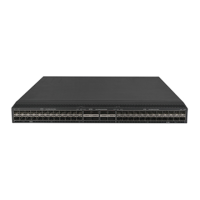
